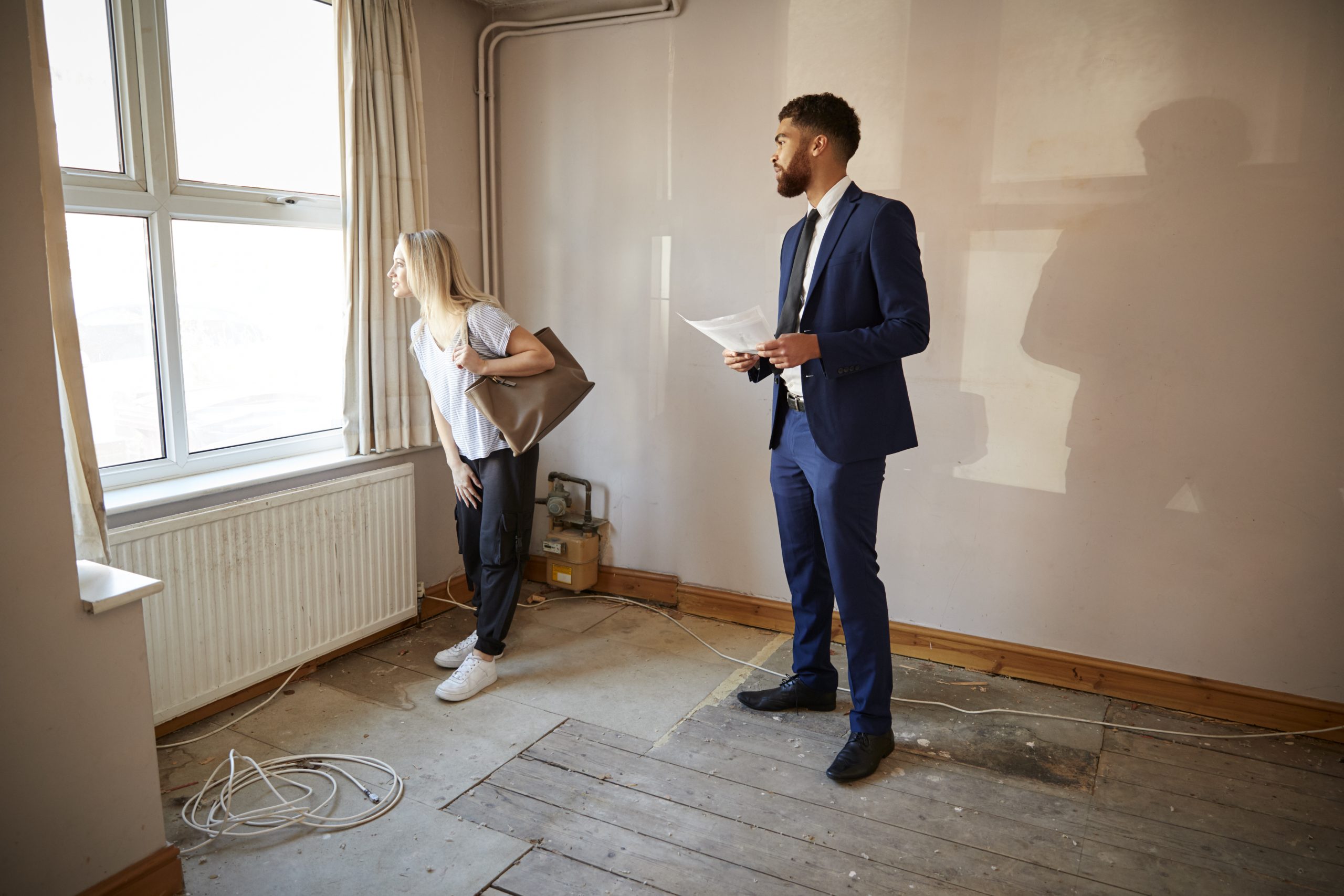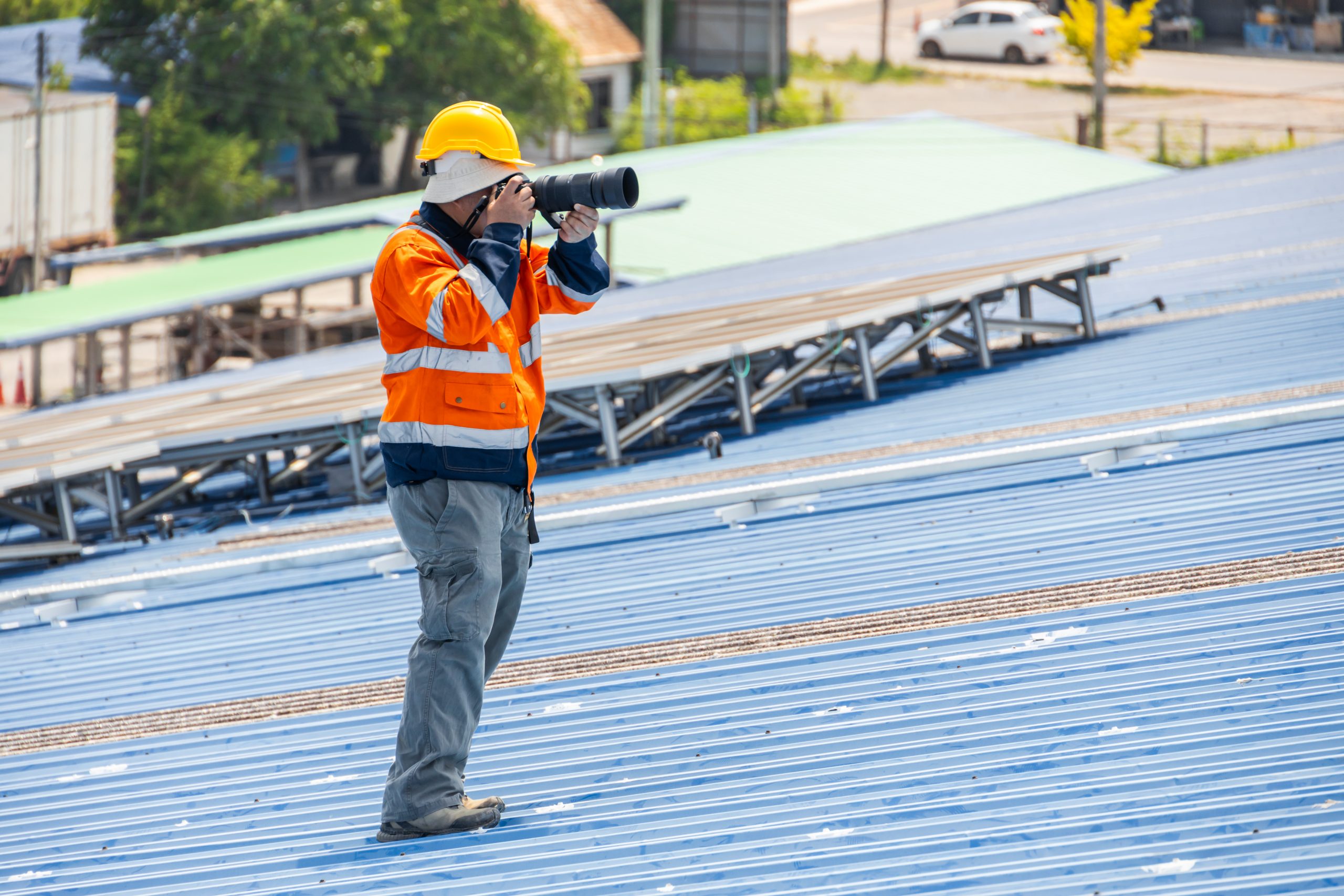Thermographic Building Surveys: Detect Hidden Property Issues Before They Cost You
A thermographic building survey is an advanced inspection that uses thermal imaging technology to detect hidden issues in a property. Whether you own a residential home, manage commercial buildings, or are considering buying a property, understanding its true condition is essential. Thermographic building surveys reveal problems that are not visible to the naked eye, allowing property owners to take preventative action before minor issues become costly repairs.
Thermal imaging cameras measure heat patterns and detect anomalies such as moisture intrusion, heat loss, electrical faults, or insulation gaps. By highlighting these areas, the survey provides a clear understanding of the property’s condition and energy efficiency.
For homeowners and landlords, a thermographic building survey offers peace of mind, showing where the property may be at risk of structural damage, energy inefficiency, or water ingress. For commercial property managers, these surveys are invaluable for planning maintenance and preventing operational disruption due to unforeseen repairs.
This article will explore what a thermographic building survey is, how it works, its key benefits, common issues it can uncover, and who should consider commissioning one. By the end, you will understand why this type of survey is an essential investment in the long-term safety, efficiency, and value of any property.
What Are Thermographic Building Surveys?
A thermographic building survey uses infrared cameras to detect variations in temperature across building surfaces. These temperature differences can indicate hidden problems, such as damp, air leaks, poor insulation, or overheating electrical circuits. Unlike standard property inspections, thermographic surveys allow for non-invasive detection, meaning no walls or ceilings need to be opened to identify issues.
The process typically involves scanning the property with a thermal imaging camera, which captures a visual heat map of the building. Warm or cold spots on the map reveal areas of concern. For example, cold patches on walls might indicate moisture intrusion, while heat escaping through the roof points to insufficient insulation.
Surveyors also assess areas like plumbing, electrical systems, and HVAC equipment. By using thermal imaging, they can identify faults that would otherwise remain hidden until they cause significant damage. A thermographic survey can be conducted on residential homes, offices, retail units, and industrial properties, making it a versatile tool for property management and maintenance.
Importantly, these surveys are safe, quick, and non-disruptive. Property owners receive a detailed report highlighting detected issues, accompanied by recommendations for remedial action. By investing in a thermographic building survey, you can take proactive steps to maintain your property, improve energy efficiency, and prevent expensive repairs.

Key Benefits of Thermographic Building Surveys
Thermographic building surveys provide several key advantages. First, they uncover hidden damage. Moisture behind walls, air leaks, and structural weaknesses can lead to costly repairs if left undetected. By identifying problems early, property owners can implement cost-effective solutions.
Second, they improve energy efficiency. Heat loss through roofs, walls, or windows is clearly visible on thermal imaging, allowing for targeted insulation improvements. This reduces energy consumption, lowers bills, and contributes to a greener property.
Another benefit is enhanced safety. Electrical faults, overheating equipment, and poorly ventilated areas are easily detected, helping to prevent accidents and reduce risk in both residential and commercial properties.
Thermographic surveys also provide objective evidence. The detailed report can support insurance claims, demonstrate compliance with building regulations, and inform maintenance schedules.
Finally, these surveys offer peace of mind. Knowing the full condition of your property helps homeowners, landlords, and investors make informed decisions, whether negotiating a purchase, planning renovations, or scheduling routine maintenance.
Common Issues Identified in Thermographic Building Surveys
Thermographic building surveys can detect a wide range of issues, including:
Moisture and damp: Cold spots often indicate water ingress or condensation, which can lead to mould growth and structural damage.
Heat loss and insulation gaps: Inefficient insulation in roofs, walls, or floors shows up clearly, enabling targeted improvements.
Electrical faults: Overheating circuits or poorly connected systems are visible as hot spots, preventing fire hazards.
Roofing defects: Leaks, poor flashing, and missing insulation are easily identified, even in inaccessible areas.
Plumbing issues: Leaking pipes behind walls or under floors can be detected before they cause water damage.
Identifying these problems early helps protect property value, improve safety, and avoid unexpected repair costs. For commercial properties, this can also prevent operational disruption and reduce liability.

Who Should Consider a Thermographic Building Survey?
A thermographic building survey is suitable for:
Homebuyers: Ensure the property is free from hidden defects before purchase.
Homeowners: Identify areas needing maintenance to prevent expensive repairs.
Landlords: Maintain safe and energy-efficient rental properties.
Commercial property managers: Detect structural or energy issues to reduce operational risks.
Property investors: Make informed investment decisions and plan refurbishment projects efficiently.
These surveys are particularly valuable for older buildings, newly constructed homes, properties after storm damage, or when planning energy efficiency upgrades.
Conclusion: Protect Your Property With a Thermographic Building Survey Today (200 words)
Investing in a thermographic building survey is a proactive step in protecting your property, whether residential or commercial. By revealing hidden issues like damp, heat loss, and electrical faults, these surveys prevent costly repairs and improve safety.
Thermographic surveys also enhance energy efficiency, reduce long-term maintenance costs, and provide evidence for insurance or compliance purposes. Property buyers, homeowners, landlords, and managers all benefit from knowing the true condition of a building before making decisions.
At HICH, our team of professional surveyors provides detailed thermographic building surveys, offering comprehensive reports and expert guidance. Protect your property investment and gain peace of mind by booking a survey today. Contact HICH for a thorough thermographic inspection and ensure your property is safe, efficient, and free from hidden risks.








